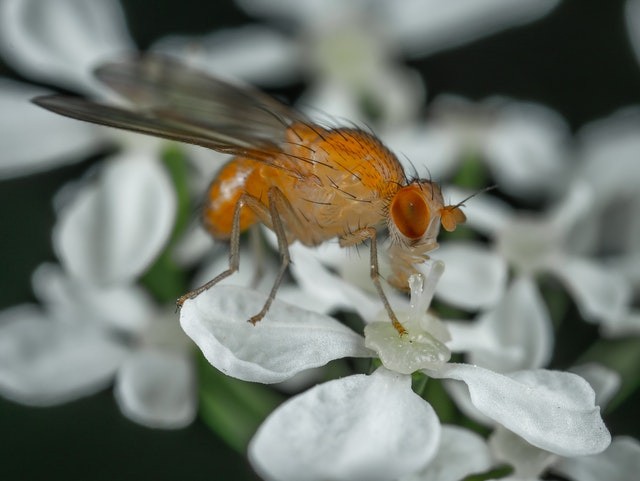Do you believe evolution is a slow, steady process? Tell the fruit flies that.

Researchers from the University of Pennsylvania utilized a controlled field experiment to show that flies quickly responded to changing environmental conditions by altering their genome and a variety of physical features, according to a recent article published in Science.
Studying Genetic Modifications
The researchers detected modifications to 60% of the flies' DNA during the trial length, which lasted only four months. The biologists have built a new paradigm for thinking about the timeline of evolution with this firsthand observation of rapid and continual change in response to the environment, a process known as adaptive tracking.
According to Paul Schmidt, an intriguing concept that was dismissed until it was demonstrated, a biology professor at Penn's School of Arts and Sciences and the paper's senior author.
The temporal resolution with which they perceive evolutionary events in real time excites Seth Rudman, a co-lead author on the paper who worked on the project as a postdoctoral associate at Penn and is now an assistant professor at Washington State University.
It's long been known that evolution may move swiftly in fruit flies since they are short-lived and reproduce quickly. But how fast, and if many features may develop simultaneously in response to short-term environmental changes, has remained a mystery.
Adapting Fruit Flies

Schmidt and colleagues had previously discovered that fruit flies present at the start of the growing season differed significantly from those buzzing around in the late fall in terms of stress tolerance, reproductive fitness, and even pigmentation. However, the study couldn't rule out the potential that additional flies were introduced into the population, producing drastic changes.
The researchers created an experimental orchard on a plot of land at Pennovation Works, a short distance from Penn's main campus, to better control the circumstances of their research. Schmidt's lab members can examine flies in various environments, including cold, heat, rain, and other elements, without preventing flies from entering or fleeing. As a result, the insects in the enclosures at the end of research are known to be direct offspring of those released at the start of the study.
In July of 2014, the researchers began the present study by releasing 1,000 Drosophila melanogaster fruit flies into ten cages. The flies were then given the same meals but were otherwise left alone. At the height of the experiment, each population had swelled to around 100,000 people.
Individual flies and 2,500 eggs were collected from each cage once a month, grown independently, and tested for six physical features known to be influenced by numerous genes, such as reproductive success and cold tolerance.
According to Schmidt, they can observe that the populations can follow changes in the environment. This wasn't a reaction to a single, isolated occurrence, like a drought. Throughout the experiment, the populations were continually changing and developing.
Genetic Draft
Because flies have a short lifespan, the interval between analyses was just a few weeks long, resulting in one to four generations of flies, or around 10 generations during the length of the experiment.
Nonetheless, the scale of adaptation was surprising, with over 60% of the flies' genome changing directly or indirectly throughout the experiment. Schmidt and Rudman point out that this doesn't indicate evolutionary selection operates on more than half of the genome; in a process known as "genetic draft," some DNA is tugged along while other portions of the genome change.
But the fact that the direction of adaptation varied numerous times, swinging like a pendulum as environmental conditions changed, made the findings striking.
Compared to Previous Studies
According to the researchers, previous studies may have overestimated the pace of adaptation since they only looked at chromosomal alterations between two relatively distant periods in time, such as A and B. This experiment was meant to expose what happened in between - a twisting road of adaptation from A to B to C and back to B - changes that would have been otherwise undetected by looking at the same population regularly and often.
Although fruit flies reproduce on a far shorter time scale than humans, the researchers believe their findings apply to longer-lived, slower-regenerating species such as humans.
Related Article: Terrifying Fossils of 'Larger-Than-Humans' Giant Sandworms Found in the Ocean!
For more animal news, don't forget to follow Nature World News!
© 2025 NatureWorldNews.com All rights reserved. Do not reproduce without permission.





